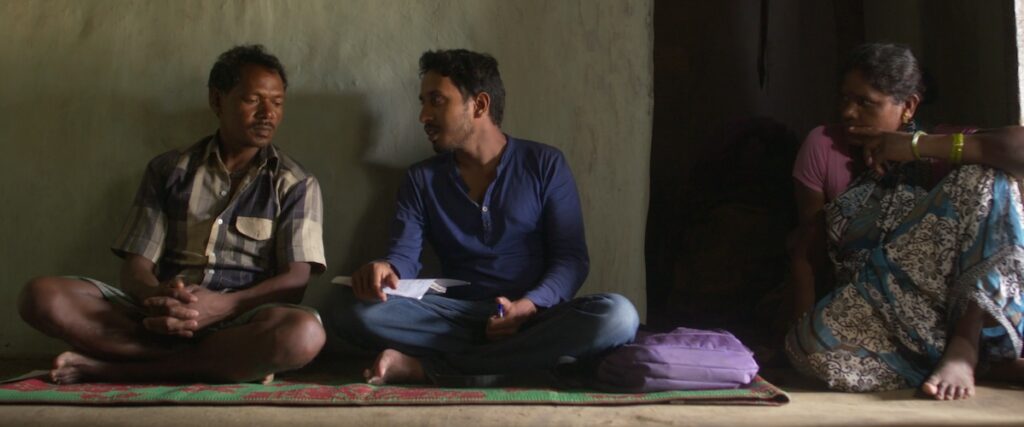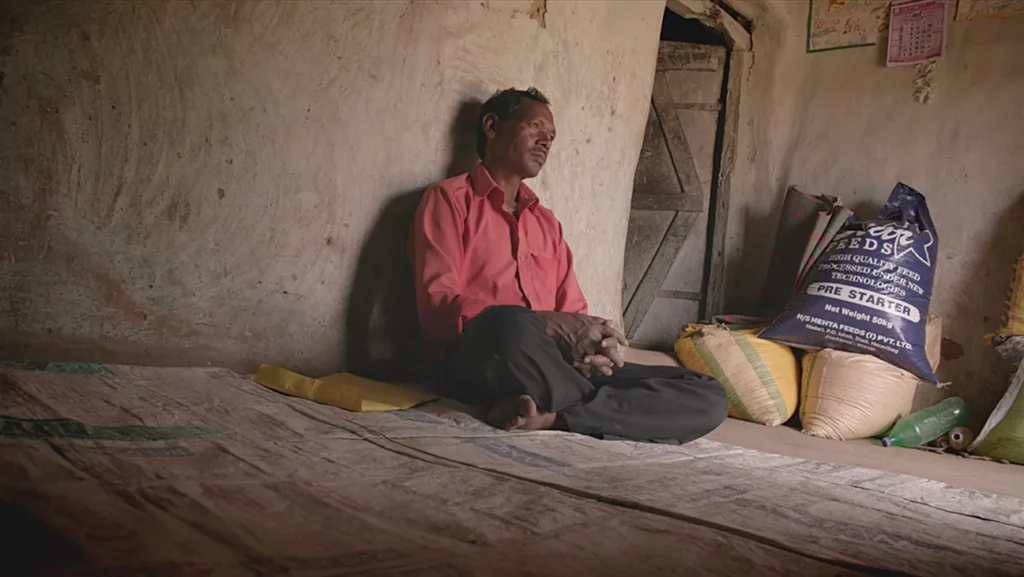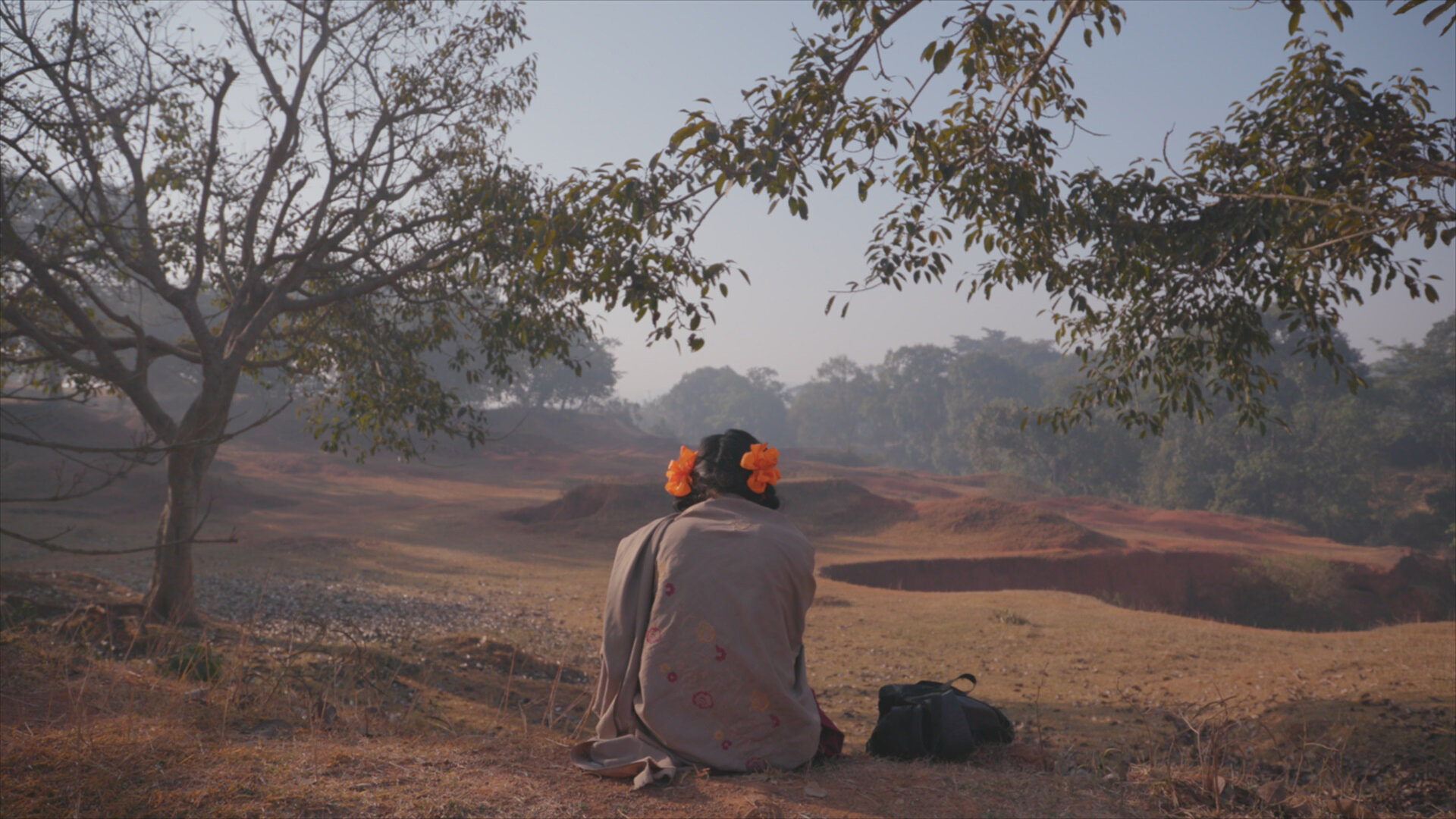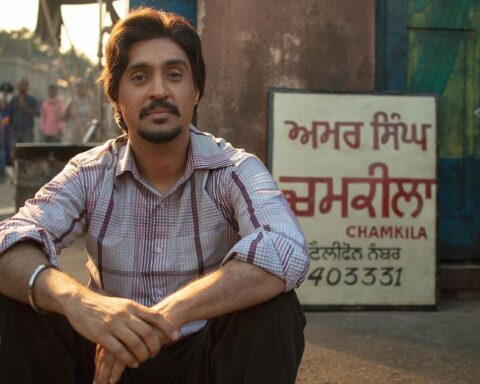Nisha Pahuja’s Academy Award-nominated documentary, To Kill A Tiger, currently streaming on Netflix, is a tale of the unrelenting courage and unwavering courage of a father seeking justice for his young daughter, who has been raped by three boys from his village. The milieu of this discomforting account of moral rightness is set in a space entrenched in misogynistic practices. Hence, violence against women is tragically a common and normal occurrence and exposes a disturbing gender bias ingrained within societal norms. The troubling reality that comes into focus is how shielding the perpetrators from the people of the village becomes a liability rather than ensuring justice for the victim. Amidst this suffocating atmosphere, the tale of how an individual lacking economic resources combats various human and judicial obstacles is a tale of an oppressed, with humble origins against a fight with a much stronger adversary. There is a conviction, fearlessness and relentless observation of the filmmaker in understanding the plight of individuals caught up in situations where neighbors turn hostile and strangers become a source of hope. The narrative is imbued with a sharp sense of sympathy and portrayed in way that stirs our conscience and emotionally connects us with the members of a family who have been treated unfairly in one of the world’s largest democracies.
Ranjit is a farmer residing in a village in Jharkhand’s Godda district, with his family. On a fateful night, along with his wife and children, attends the wedding of their relative. His 13-year-old daughter Kiran (name changed) stays back while the other members of the family return home. Later, in the night Ranjit is shocked to discover that three boys from the village have gang-raped Kiran. The next morning he complains to the local police station and the culprits are arrested. As the news of this heinous crime spreads in the village, the elders want the matter to be settled amicably without the intrusion of the lawful authorities. They want Ranjit to get Kiran married off to one of the rapists. But Ranjit wants the three criminals to be punished. Soon, the Srijan Foundation, an NGO, working for the rights of women and children became involved with the valiant cause of a father in tribulation. The benevolent members guide Ranjit in his legal tussle and also try to convince the blinkered villagers that the solution provided by them is unfair and would send a wrong message to society.

The documentary begins with a sublime shot of Kiran braiding her hair while humming a song followed by Ranjit expressing his undying love for his child. The mood of the scene immediately changes from gentle to raspy, as an off-screen commentary announces the rape of the young girl in the prime of her teen. The use of an aerial shot to depict this moment acts like an ominous shadow that will be looming over the family of Ranjit unless justice is delivered. Since he does not abide by the archaic law of the village to get his daughter married off to one of the rapists he becomes subject to death threats from the people with whom he has been living together for decades. Budram Bada, district chief, instead of helping Ranjit, sided with the family members of the boys under trial. Muthalik, the ward member of the village, firmly believes that even if the three culprits receive harsh punishment will it be able to remove the stain of being raped from Kiran’s identity. Unfortunately, his voice echoes that of the rest of the villagers, men and women alike. Even Juhi Chaudhry, the defense lawyer of the three boys, adheres to the insular idea that being a girl Kiran should not have stayed back late in the night at the ceremony. So, under such circumstances, the struggle of an ordinary member of the society becomes a humongous task and such attributes make To Kill A Tiger a documentary worthy to be made. It is interesting to note that the title springs from a conversation that Ranjit once had with a fellow who warned him that it is a Herculean task to hunt for a tiger alone. To which our intrepid protagonist, brimming with confidence, replied that he would show them how it can be done. At the same time, the unwavering support from the members of the Srijan Foundation provides an unwavering support to Ranjit through every twist and turn of his perilous situation. At one point, Jopha Lakra, a lawyer from the foundation, was reprimanded for arriving late for the hearing and failing to keep abreast with the proceedings.
The cinematography by Mrinal Desai achieves a careful balance between closeness and distance while framing the characters giving them dignity, poise and their unshakeable resolve. The locale of the village does not become an overpowering expanse overshadowing the ordeals that Ranjit and his family undergoes during the period of the trial. The long years of the shooting material braided by the editor duo Dave Kazala and Mike Munn reflect the intense highs and lows of the arduous eight-year legal battle without resorting to excessive manipulation or sentimentality. It offers a critical examination of patriarchal power dynamics in modern-day India, it vividly portrays the tumultuous psychological journey experienced by survivors on a day-to-day basis. If only, the duration had been trimmed by half an hour the tale would have become more engrossing. The background score by Jonathan Goldsmith keeps us glued to the various episodes in the life of the subject and creates an atmosphere of subdued pain and loneliness that lends strength and power to the story.

To construct a narrative that follows the ongoing trial of a rape case for nearly a decade demands courage and determination. When institutions are meant to protect instead of ignoring abuse, the only choice when fighting is to move forward with staunchness. It’s noteworthy to mention that Raanjit’s fight for integrity and justice also inspired women from neighboring villages to come forward and report such instances of abuse. Hence, the traumatic experiences confronted by Ranjit and his family become a crusade with far-reaching positive effects. Therefore, To Kill A Tiger stands as nothing short of a commendable effort. Pahuja and her team deserve applause.
Given the gravity and sensitive nature of the issue at hand, a documentary addressing such a sensitive topic will inevitably face ethical scrutiny. In this case, the decision to reveal the victim’s face becomes a contentious issue. The filmmaker asserts, in the end credits, that she obtained consent directly from the girl herself, who chose to step forward after viewing the documentary. Further, she mentions consulting extensively with various women’s rights activists before reaching this decision. However, noted Indian journalist Anna M.M. Vetticad points out in her article, The Ethical and Legal Violations of the Oscar-Nominated ‘To Kill a Tiger’, that obtaining permission from a special court is required for such disclosures. While the filmmaker may have acted with the best intentions, it ignites a debate surrounding the ethical dilemmas inherent in documentary filmmaking.






